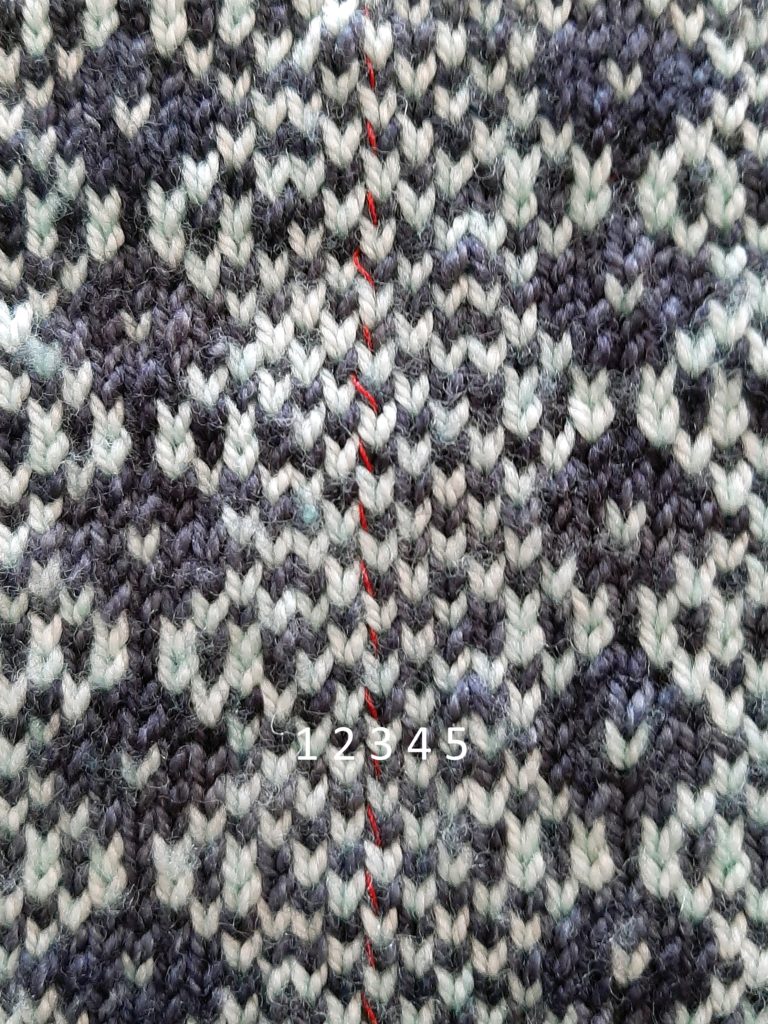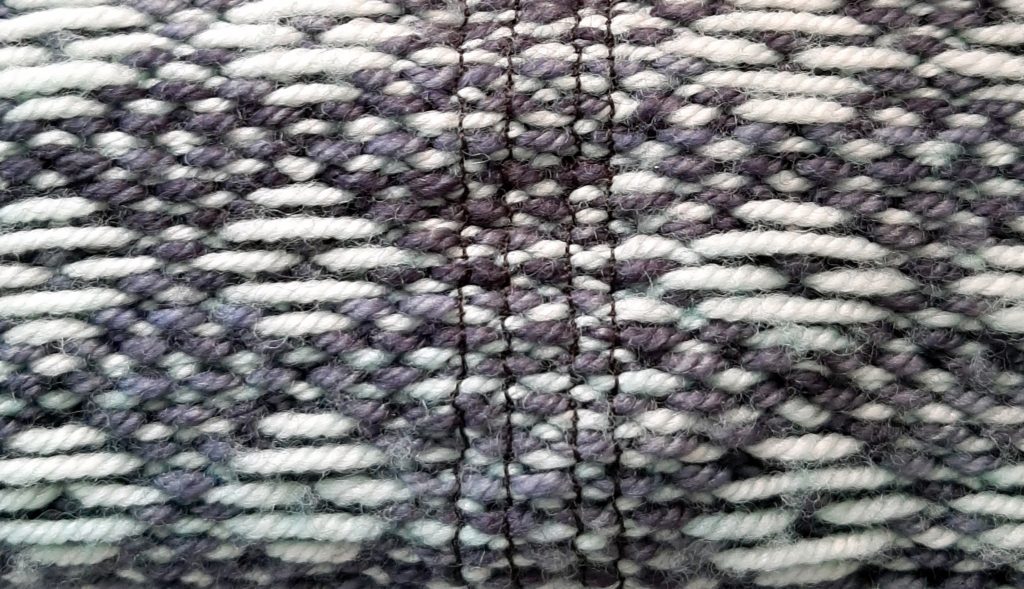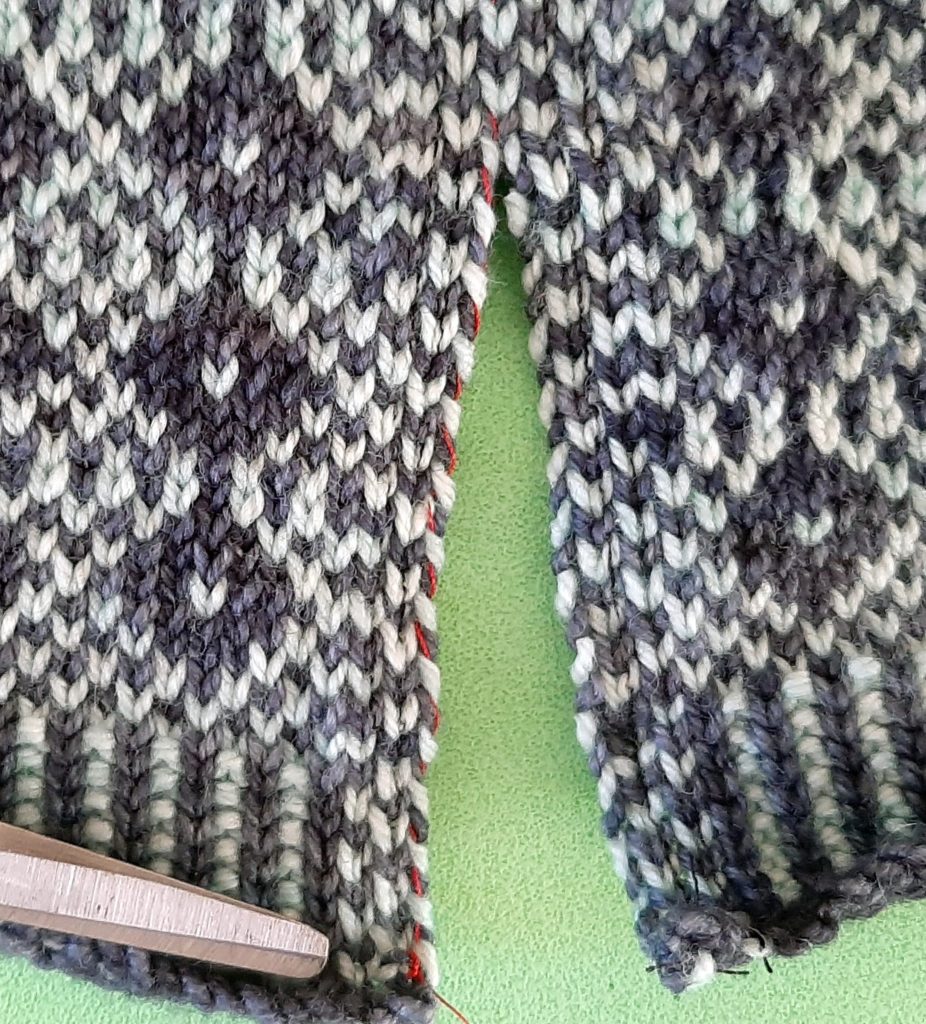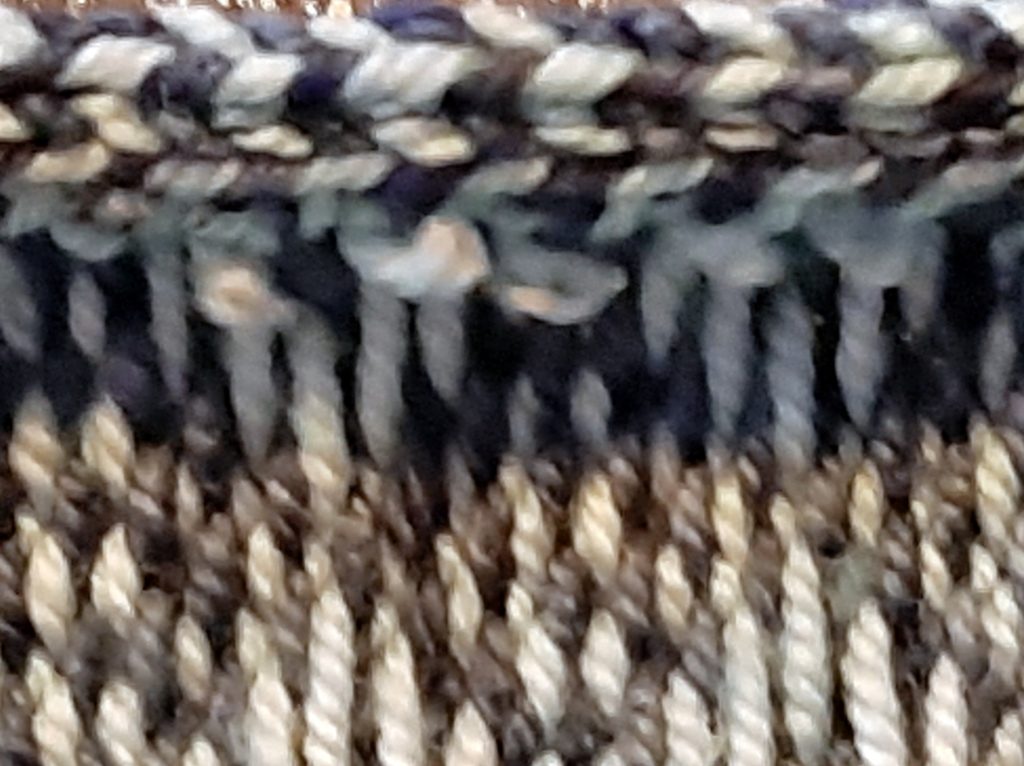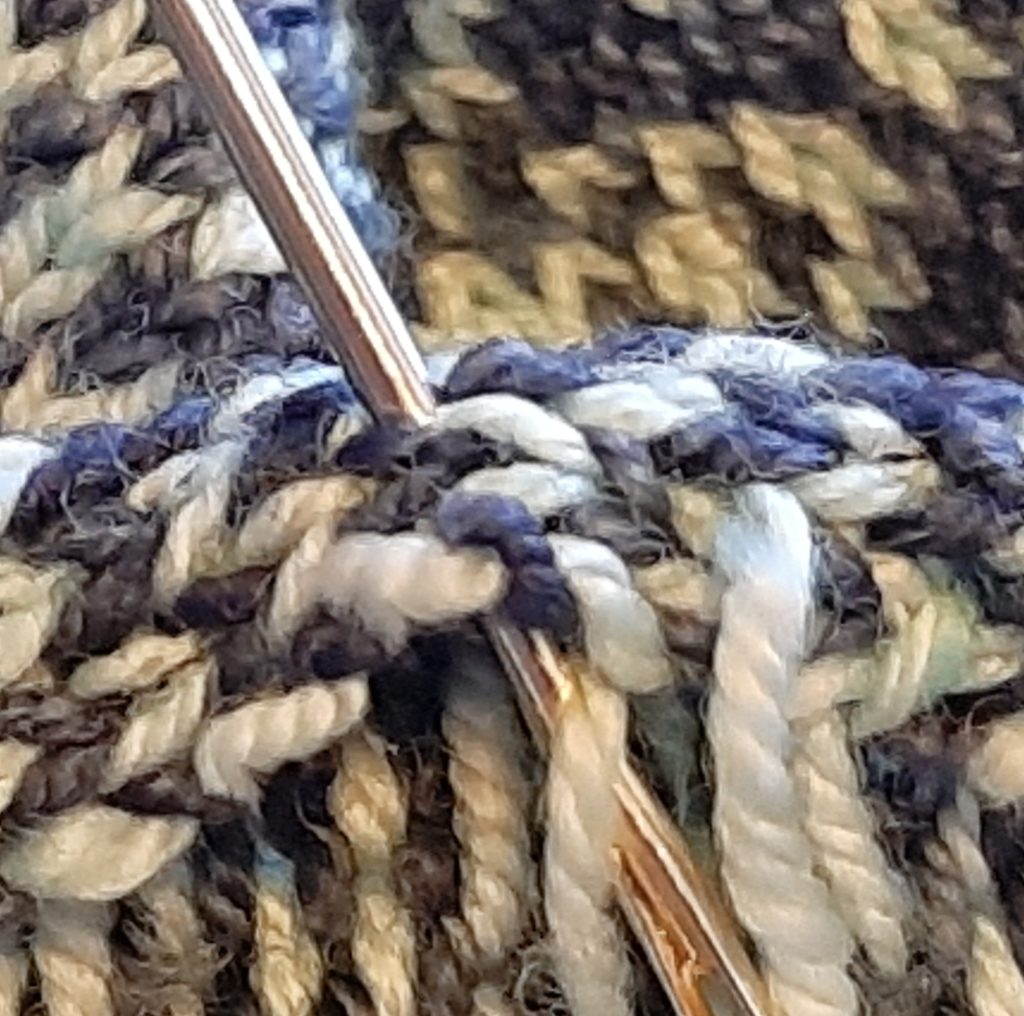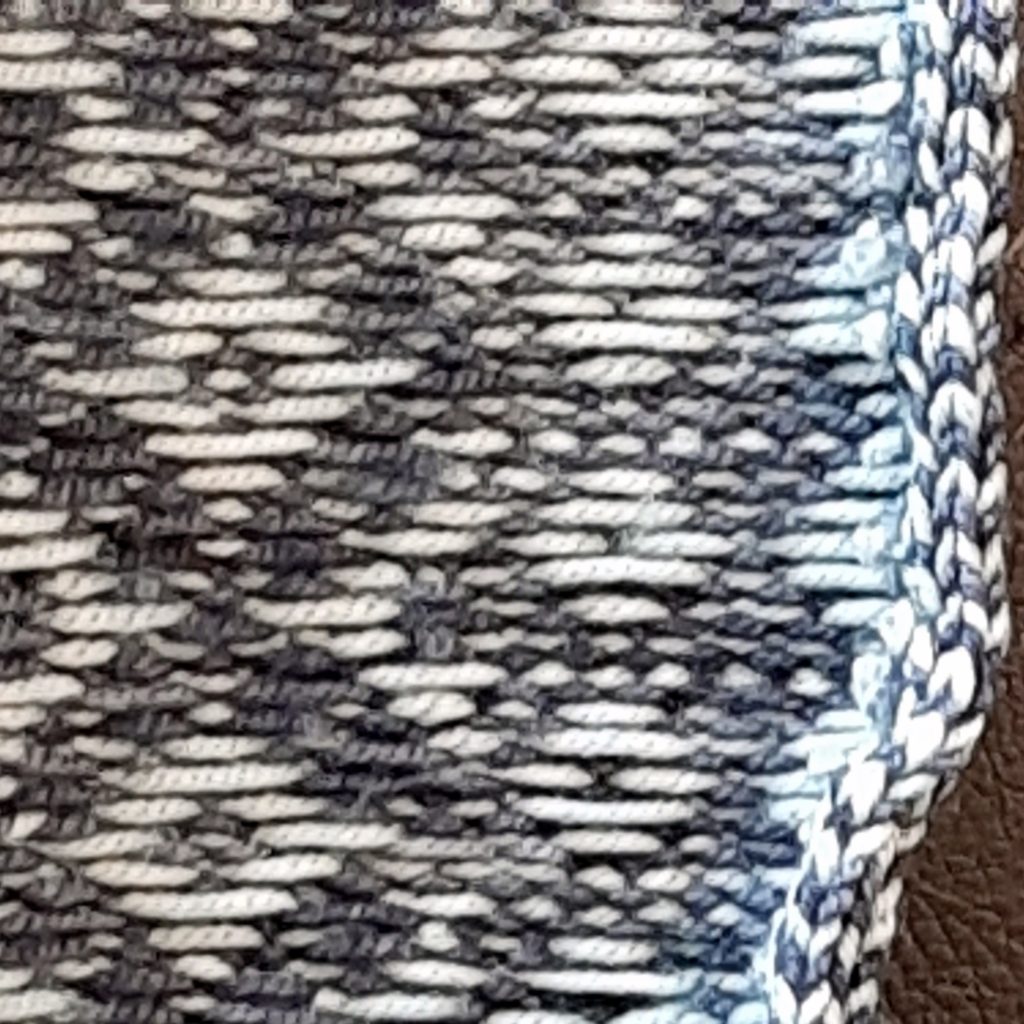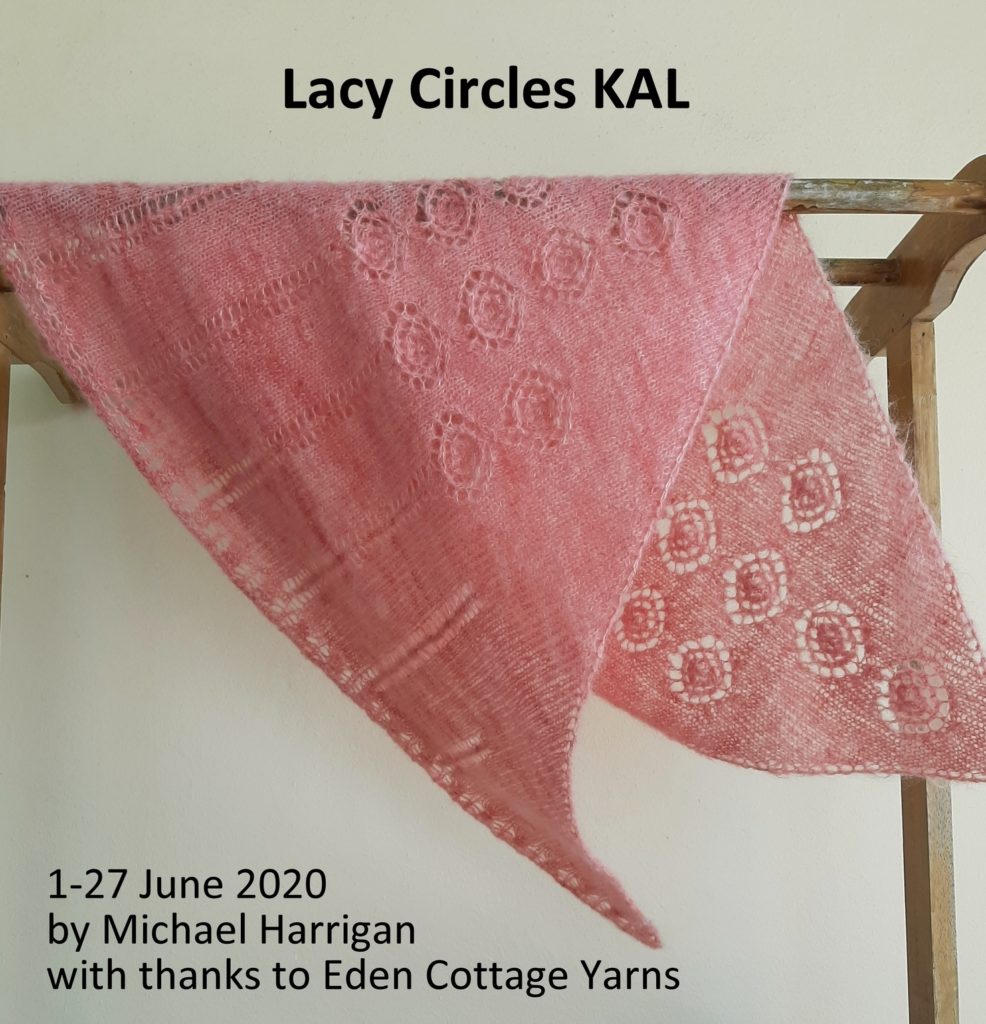
Welcome to the Lacy Circles KAL. I wanted to get us started by showing you how some of the more technically complex stitches in the Circles Motif are worked – and here’s a photo of me so you’ll know who I am!

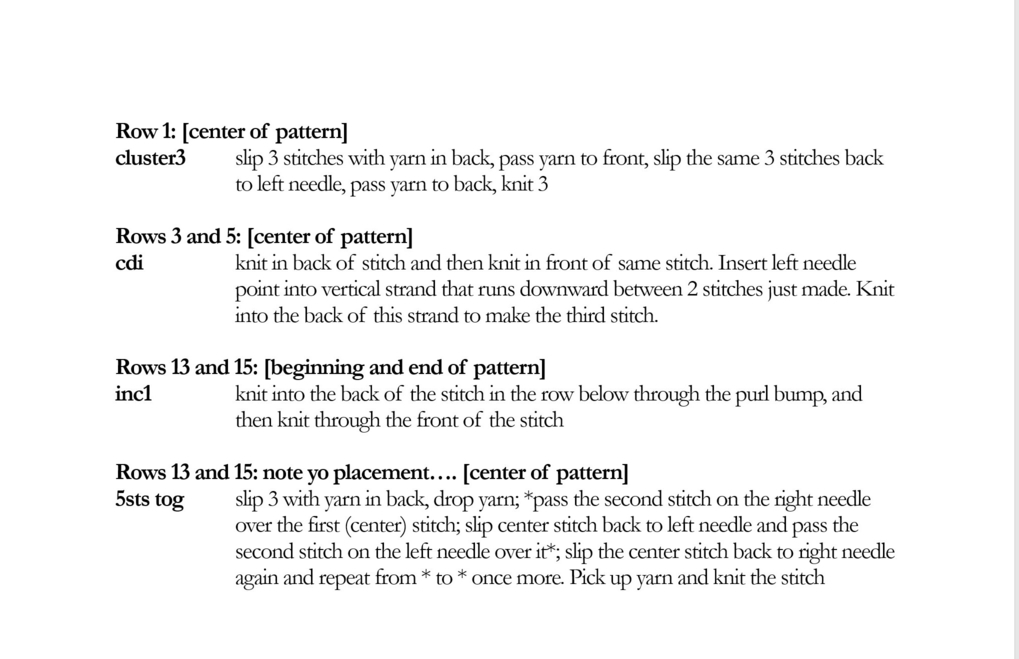
As you’ll see I’m using a smooth and heavier weight yarn and larger-sized needles for this demo (photo credits: Wiboon Tantirittisak).
On Row 1 of the Circles pattern chart you ‘ll see an unusual symbol that takes in the three center stitches. This is known as a cluster3 and here are the three steps involved:
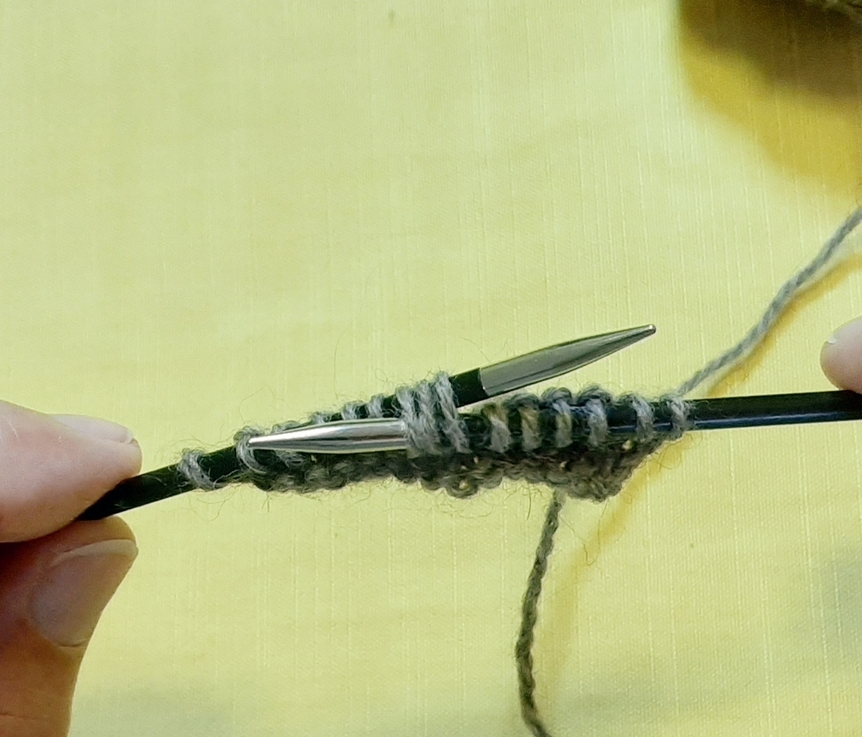

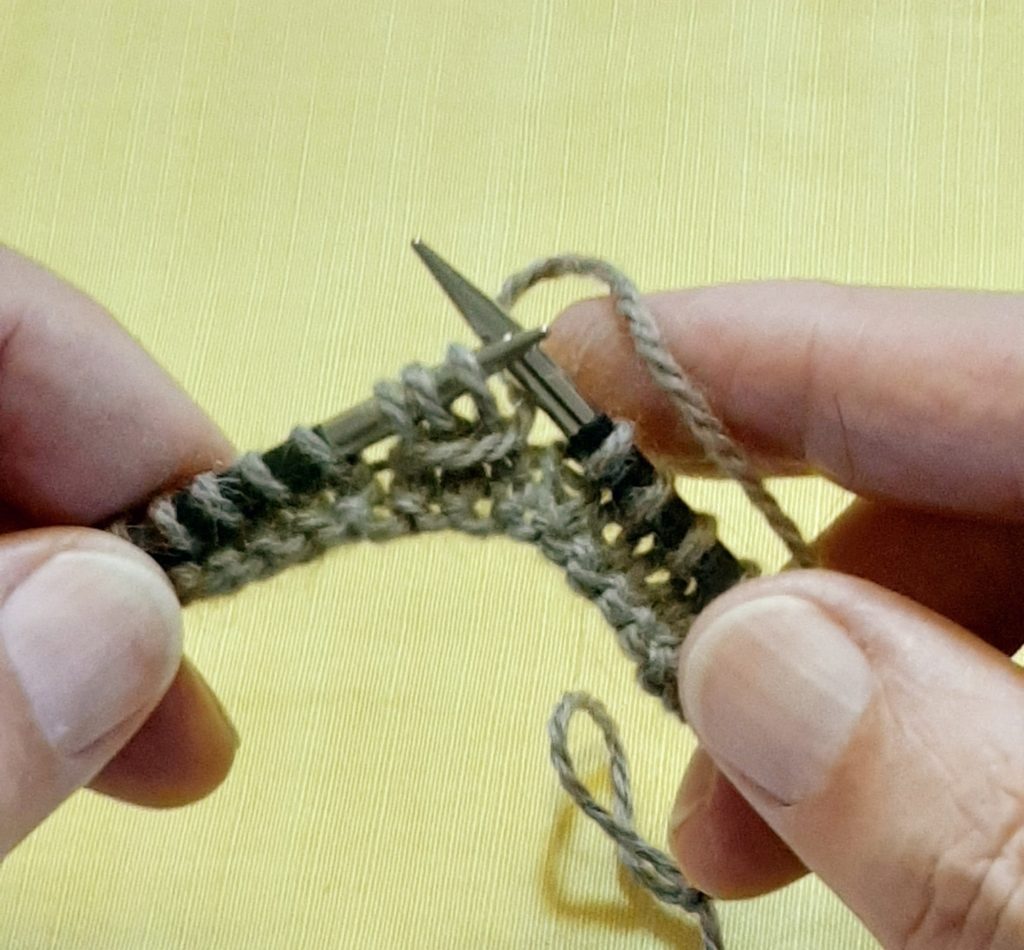
On Row 3 and Row 5, there’s a central double increase (cdi) worked on the center stitch – the 8th stitch of the 15-stitch pattern. Here’s how it’s done:
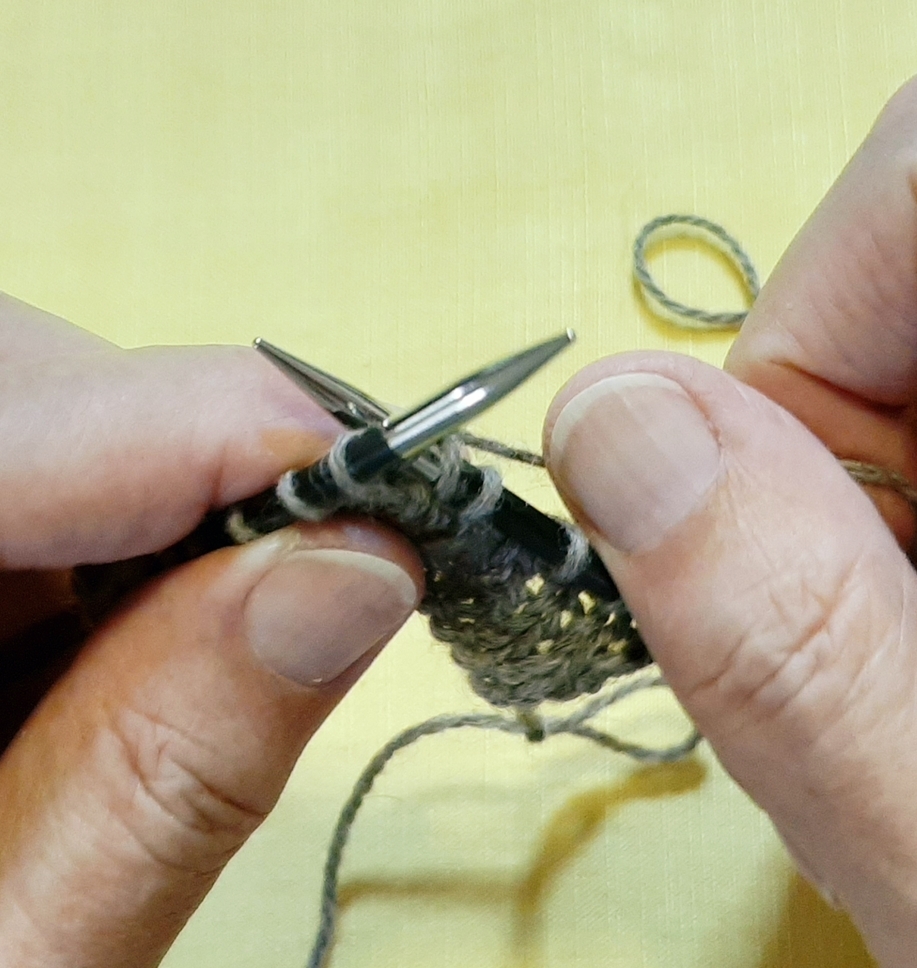
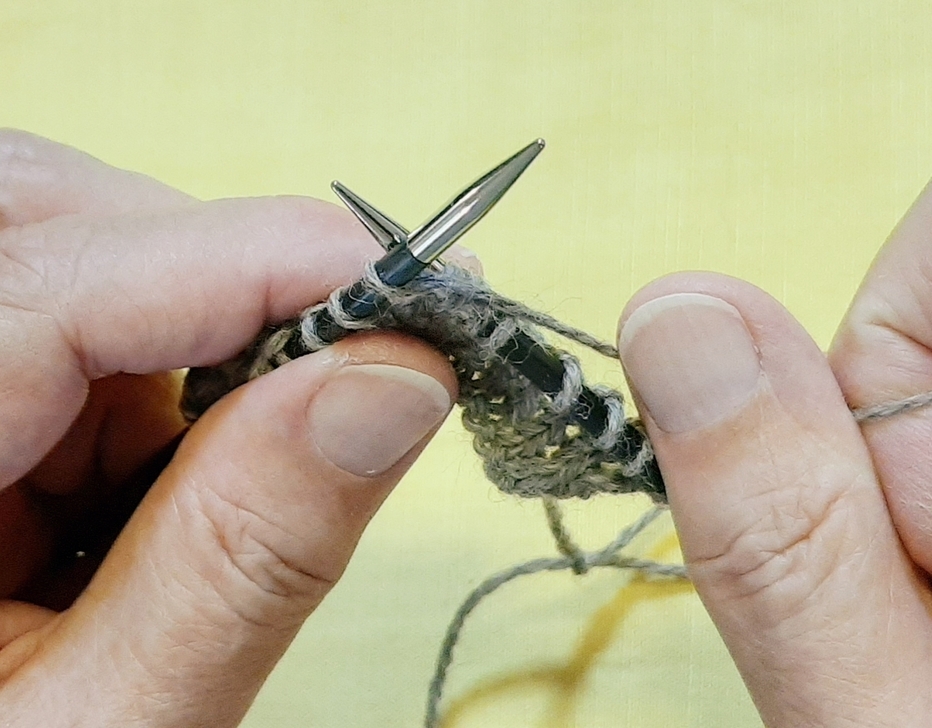
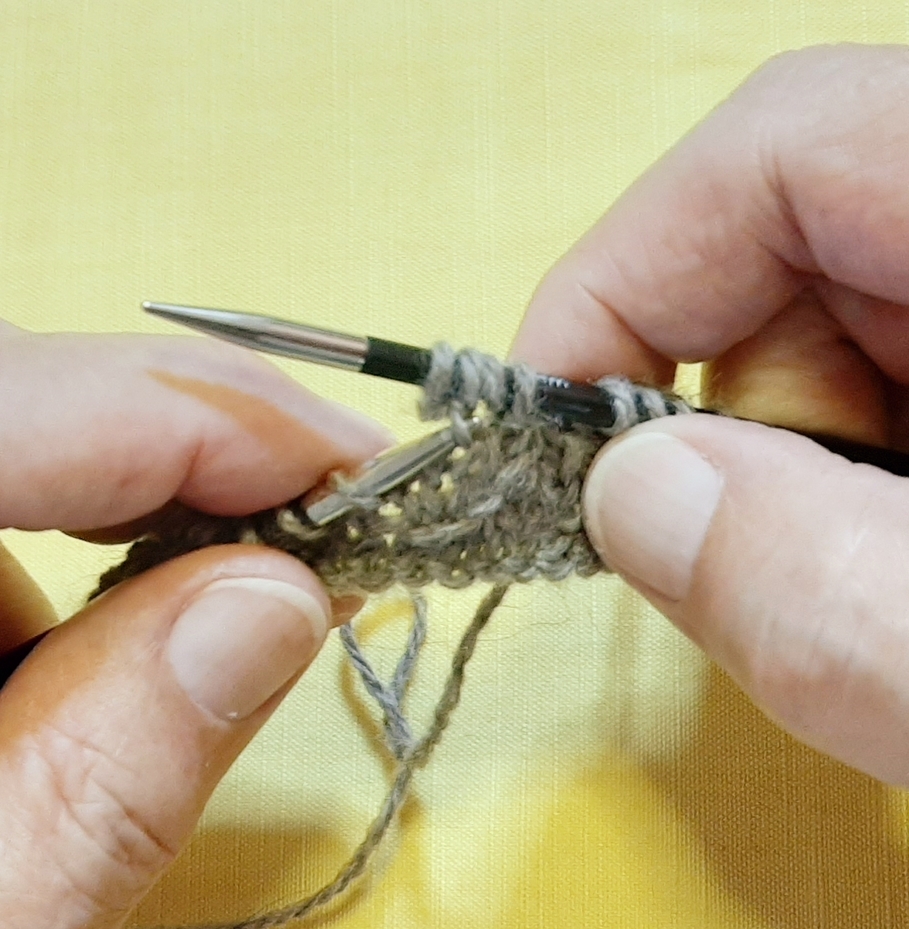
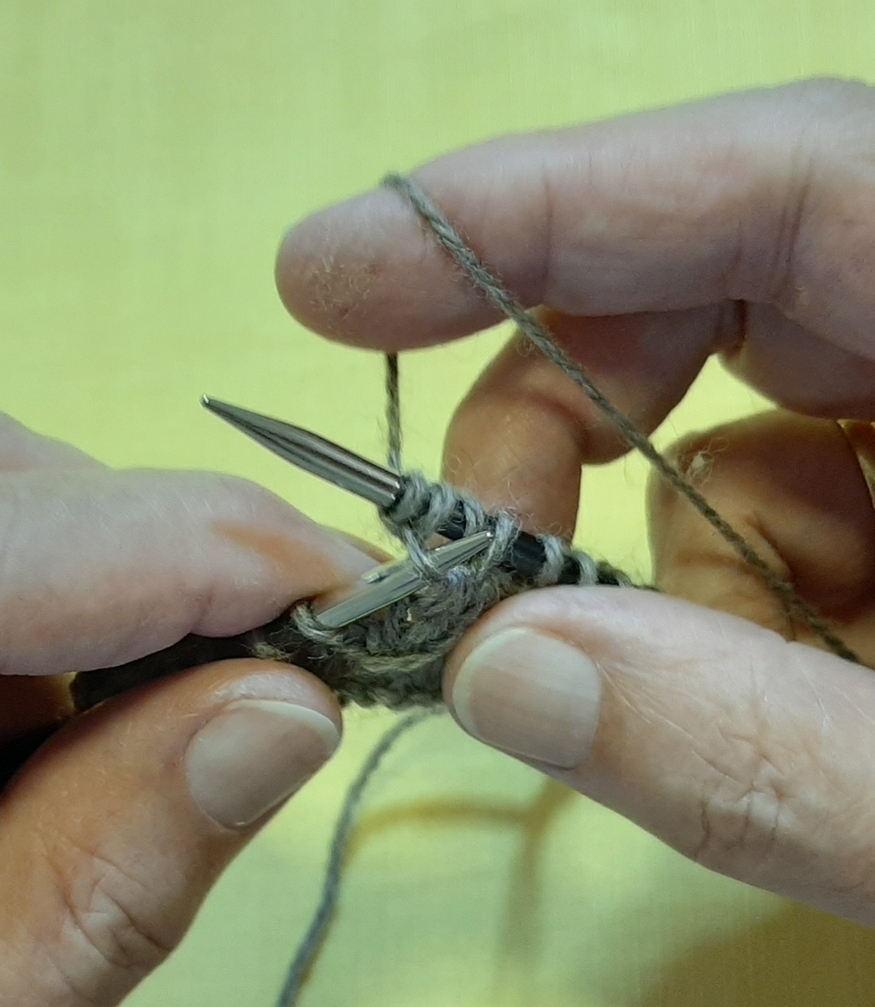
Tip: When purling the wrong-side rows it’s a good idea to remember what you did on the right-side, and to count your stitches, ensuring that you have 15 for each pattern multiple. With the fuzzy lace weight yarn the stitches can become clumped together when you’re doing the increases and you need to be sure to purl in each one of them on the wrong side.
The next stitch that is a bit unusual is the inc1 that you’ll work on Rows 13 and 15 (twice on each of these rows).
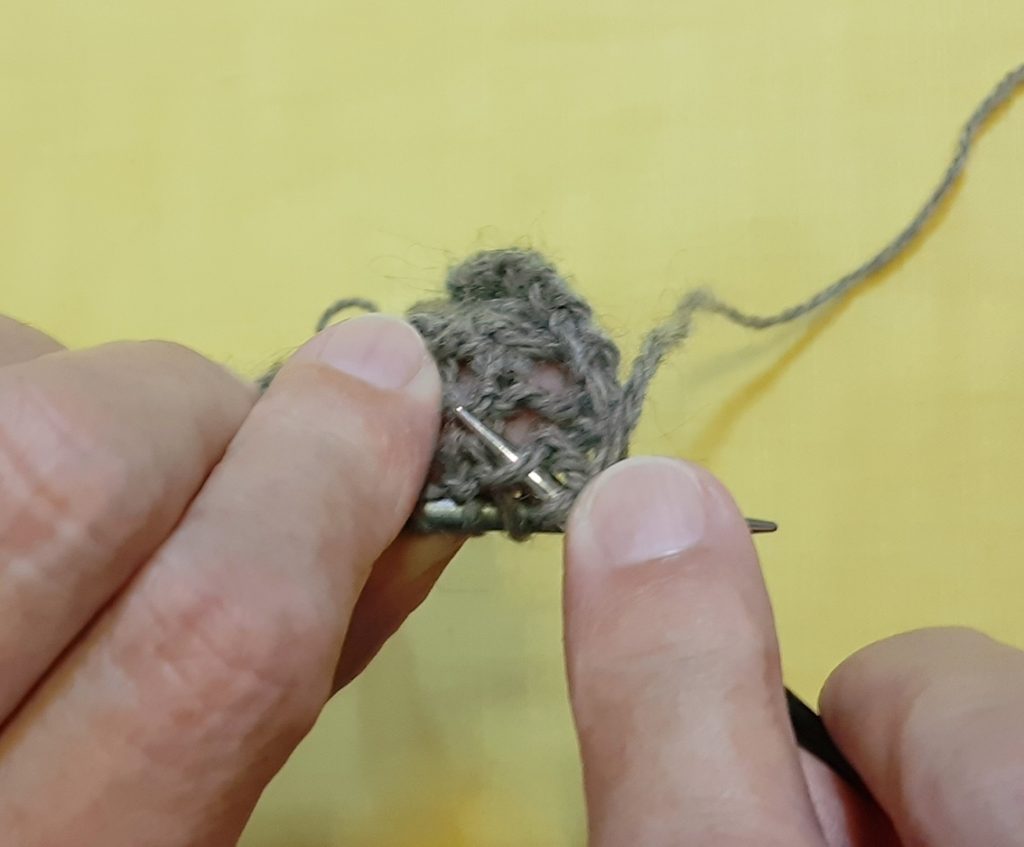
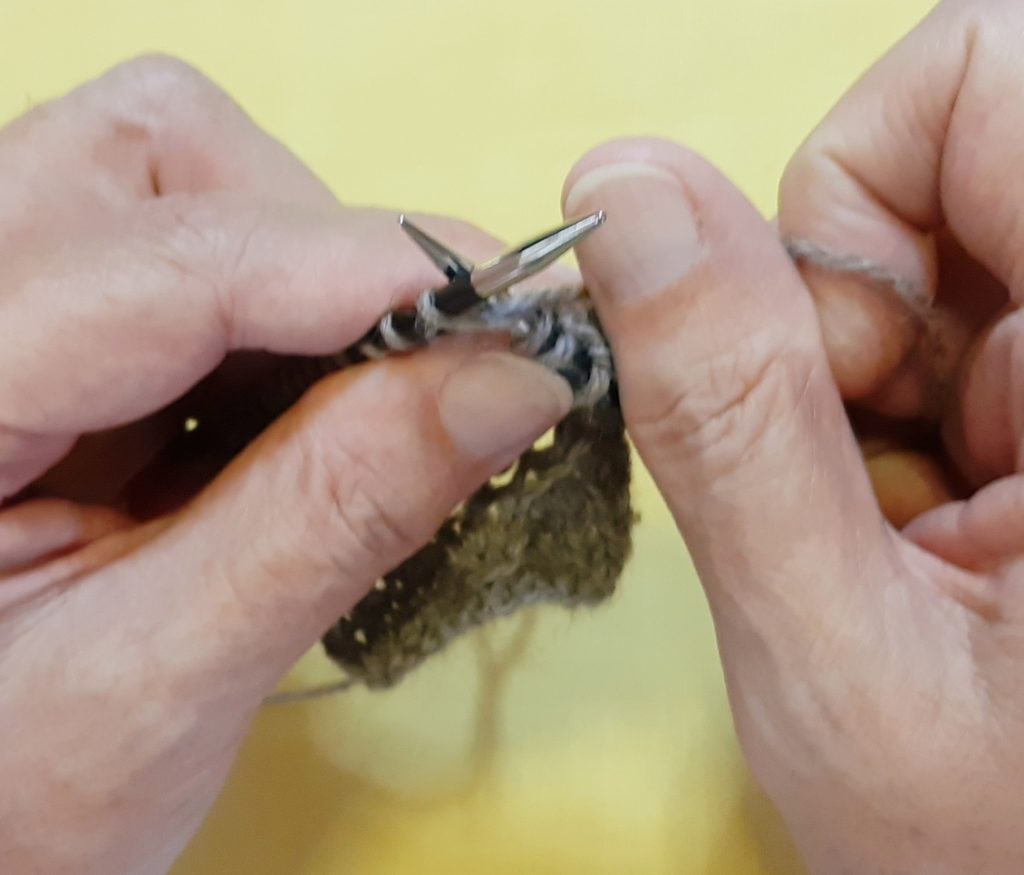
The final stitch I’d like to demonstrate is the central decrease (at the center of Row 13 and Row 15) that takes you from 5 stitches to 1 (5sts tog).
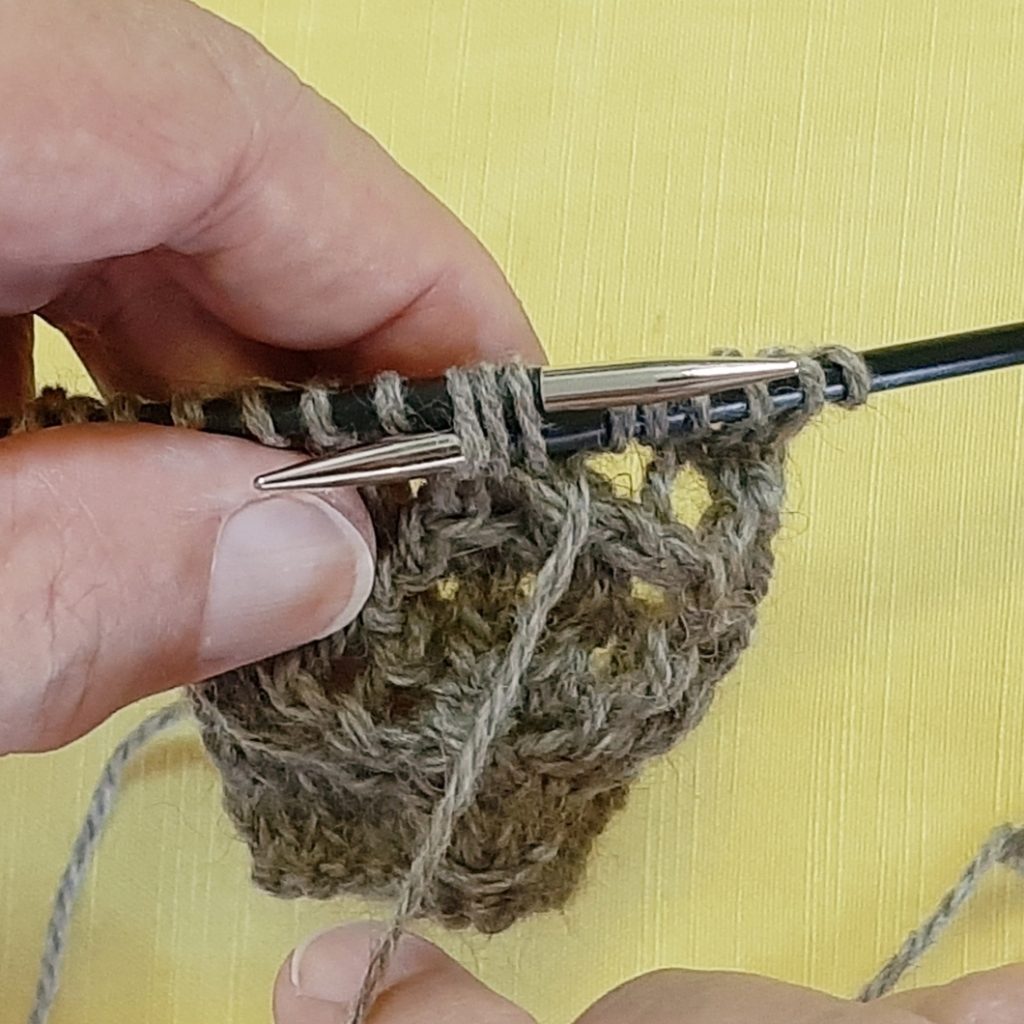
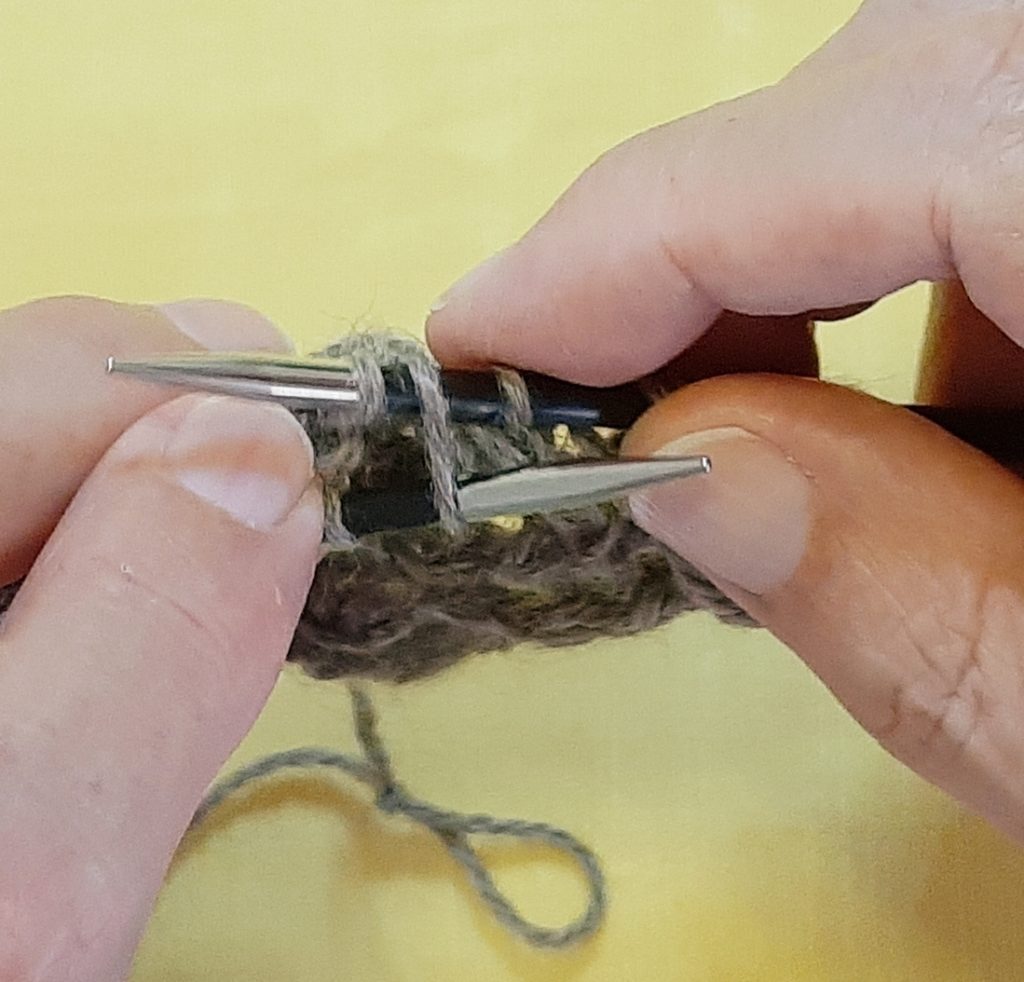
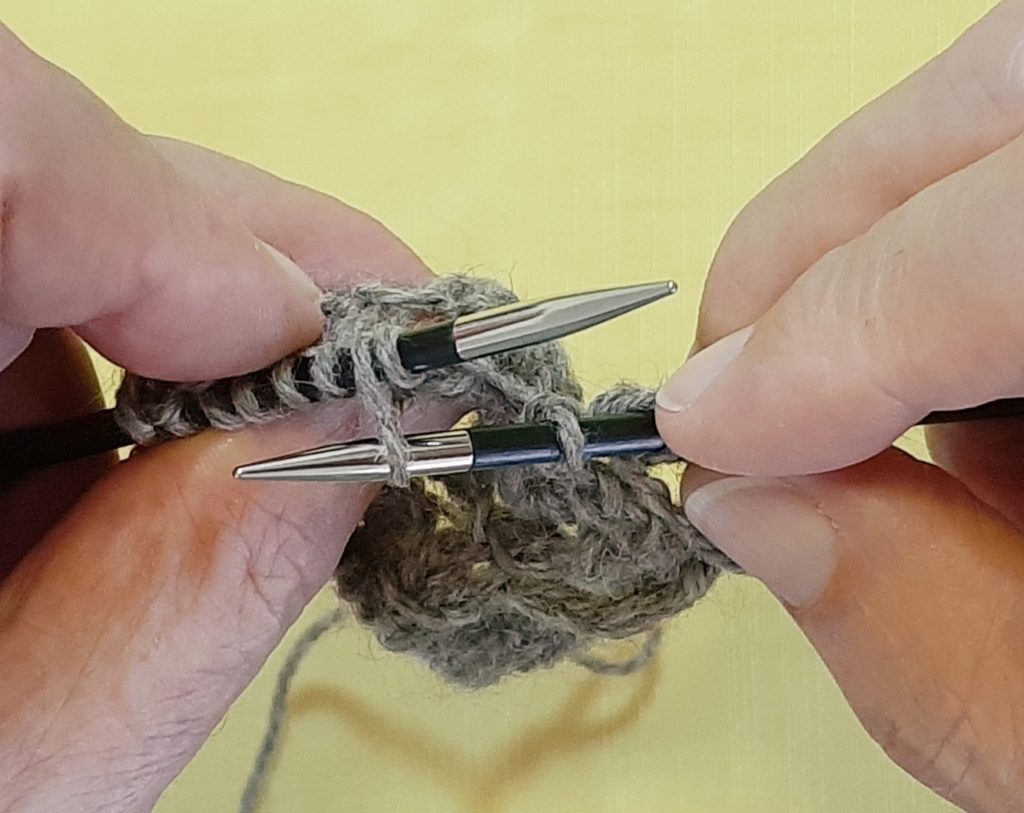
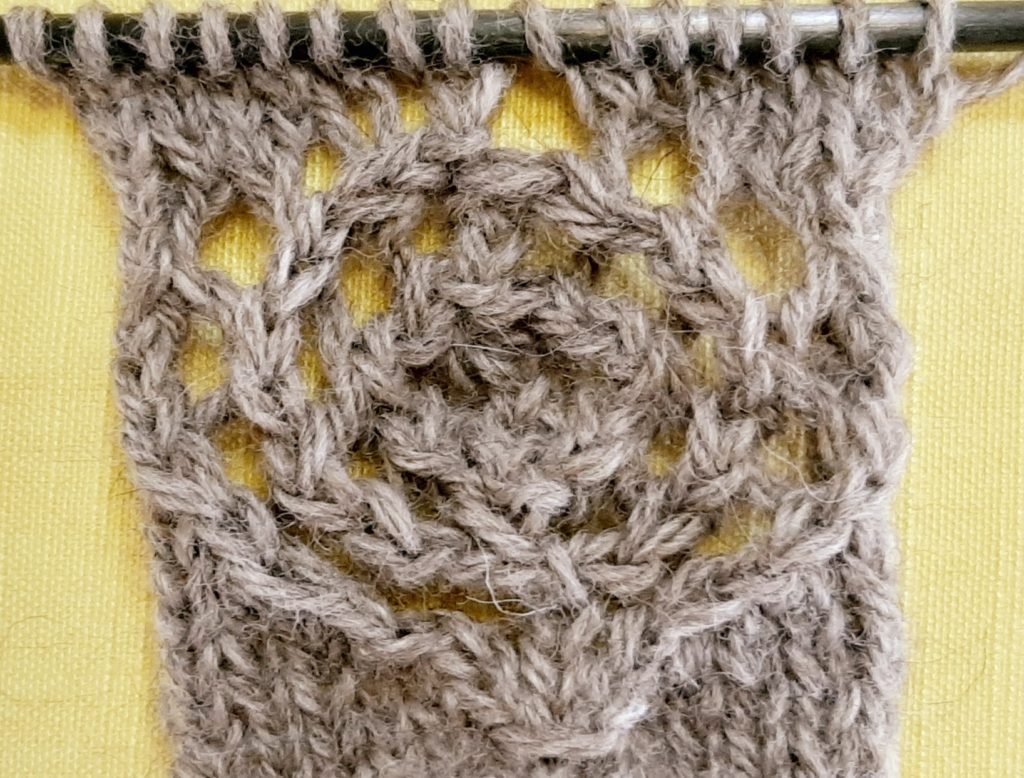
If you have any questions be sure to post them on the KAL site and I’ll respond as soon as possible. Enjoy Week 1!

